Global Challenges in Chemicals and Energies
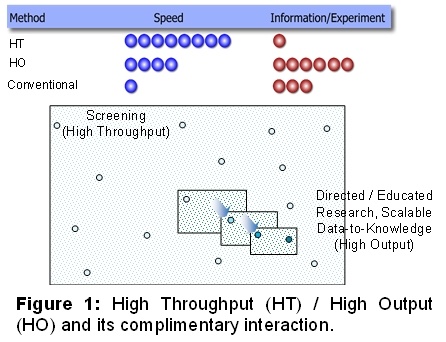
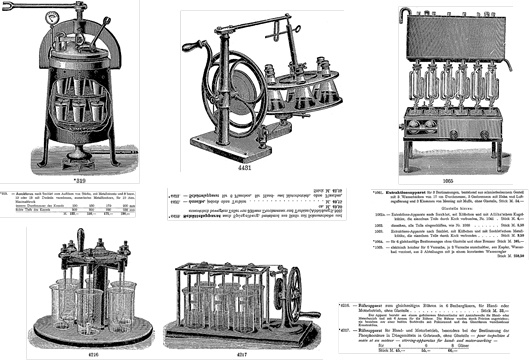
Standardization and acceleration of catalysis R+D in chemicals and energies has not only reached a prominent level of maturity but will even get significantly more relevant / decisive in nowadays and future R+D, a selection of challenges in chemicals and energies is subsequently listed:
- Europe, increasing constraints in chemicals and energies supply from fossils
- Europe, increasing constraints in energy supply from nuclear power
- Europe needs to leverage its innovation with competitiveness
- Global, increasing constraints by environmental impacts and corresponding regulations
- CO2 emission
- California Air Resources Board (CARB) Greenhouse Gas (GHG) reduction goal to 80% below 1990 levels by 2050, ...)
- Global energy demand projected to double by 2050
- By 2020 China is projected to consume more than 50% of the global energy with a GDP growth of ca. 10% per year
- India aims mid-term at a growth of 9-10% per year
- Polyolefins, a growth of 7-8% is projected for the next few years
- Specialty chemicals, a growth from 22 bln USD to 80-100 bln USD is projected till 2020
- Till 2030 the middle class in Brazil, Russia, India, and China is projected to grow to 2 bln
- ME doubled its feedstock and energy capacity over the past 10y
- 40% of USA's electricity stems from coal, decreasing since about 2000 from 50% in favor of shale gas, causing the fastest decrease in CO2 emission worldwide
- 50% of Germany's electricity stems from coal
- 80% of China's electricity stems from coal
- Shale comprises a huge amount of non-conventional oil and gas
- Based on present consumption the global gas reserves increased from 60y to 250y
- Largest shale gas reserves are located in China and USA
- USA is currently the fastest growing oil and gas producer
- USA, by 2020, 50% of gas from shale gas
- USA, by 2020, independent of hydrocarbons and getting the largest oil producer
- China is investing 800-1000 bln USD in clean technologies (2011-2015)
- 2010 / 11, 40% of USA corn used for bioethanol
- Global bio-substitution of fossil fuel would require 85-100% of the present global agricultural area, for Germany it would be 274-310%
- The production of algal fuel requires large areas of cultivation (European transport would require an area of the size of Portugal, if it were to use algal fuel to cover all its fuel requirements - at least in theory)
- Specific energy of batteries compared to gasoline, <1%
- Germany, electricity generation by wind only would require an area of 30'000 km2
- ...
For the sake of clarity, the author does not claim to have validated each challenge listed above. However, the selection listed unequivocally results in ONE pivotal conclusion. Corresponding R+D organizations need to cope with the challenges typically with the same amount of resources. The only way out of this "catch 22" is to standardize and accelerate materials R+D via enabling, automated technologies/solutions.
Standardization and acceleration is reflected by the 2 complimentary concepts of high-throughput (HT) and high-output (HO) experimentation. Most of the readers are familiar with the term "high throughput", originally stemming from the pharmaceutical industries. The high-output concept was first described by Muelhaupt et al. [1]. HT aims at fast screening of the experimental space of interest in order to identify hits / leads / candidates. Other descriptive terms are "Accelerated Serendipity" [2] or "Edisonian Approach". HO "picks" these hits / leads / candidates and seeks for an optimum via directed / targeted libraries. HO does not go for (ultra)high speed of experiments but is combining medium speed (number of experiments) with scalable / industrially relevant information (Fig. 1). HO thus requires different technologies with excellent scalable process control.
Contrary to its view as a modern topic, parallel (accelerating) experimentation is not a new approach at all, as shown in Fig. 2. The first examples date back more than 100 years. Driven by the need / conviction to do more experiments per time for exploiting more ideas, these early attempts were suffering from a lack of enabling automation, parallelization, and miniaturization technology.
Innovation enabling HT and HO solutions require the combination of versatile raw material / reagent / substance handling with versatile reactor technologies. In case of Chemspeed, key features of its technology are the multi-functional, high-precision disposable or reusable reactor arrays, individually controlled and operated process reactors, individually controlled and operated formulation vessels / blenders in conjunction with the automated robotic tool exchange, overhead gravimetric dispensing tools for solids, powders, liquids, viscous liquids, pastes, waxes, and the workflow management software [3].
In order to elucidate nowadays achievements and approaches in HT and HO catalysis R+D, the author would like to refer to the ebook "Modern Applications of High Throughput Experimentation in Heterogeneous Catalysis"[4], underlining the MUST HAVE in order to:
- stay competitive
- increase productivity
- increase quality
- spur serendipity
______________________________________
[1] McNally, A.; Prier, C. K.; MacMillan, D. W. C.; Discovery of an Amino C-H Arylation Reaction Using the Strategy of Accelerated Serendipity. Science 25 November 2011, 334, 1114-1117.
[2] Tuchbreiter, A.; Marquardt, J.; Kappler, B.; Honerkamp, J.; Kristen, M. O.; Muelhaupt, R.; High-Output Polymer Screening: Exploiting Combinatorial Chemistry and Data Mining Tools in Catalyst and Polymer Development. Macromol. Rapid Commun. 2003, 24, 47-62.
[3] www.chemspeed.com
[4] Volpe, A. F.; Hagemeyer, A.; Modern Applications of High-Throughput R&D in Heterogeneous Catalysis, Bentham Science Publishers, in print
Company
Chemspeed Technologies AGRheinstr. 32
4302 Augst
Switzerland
most read
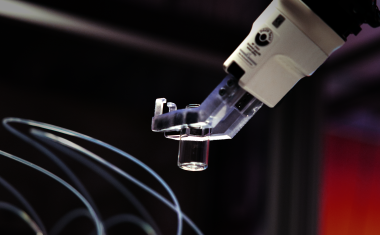
Lead or Lag: Europe’s AI Materials Race
How AI and Robotics are reshaping the race for materials discovery.
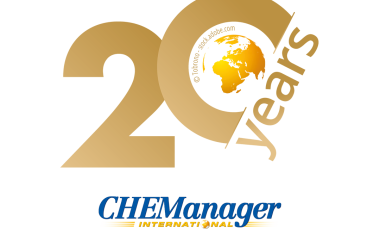
20 Years of CHEManager International
Incredible but true: CHEManager International is celebrating its 20th anniversary!
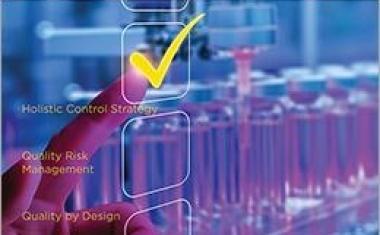
ISPE Good Practice Guide: Validation 4.0
The Validation 4.0 Guide provides a comprehensive approach to ensuring product quality and patient safety throughout a pharmaceutical product's lifecycle.

Q1 2025 Chemical Industry: Diverging Trends
The first quarter of 2025 highlights a continued divergence between the European and US chemical industries.

Relocation of Chemicals Production Footprint in Full Swing
A new Horváth study based on interviews with CxOs of Europe’s top chemical corporations reveals: The majority of board members expects no or only weak growth for the current year.











